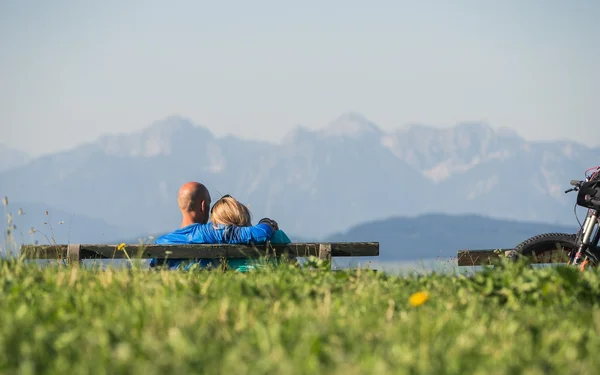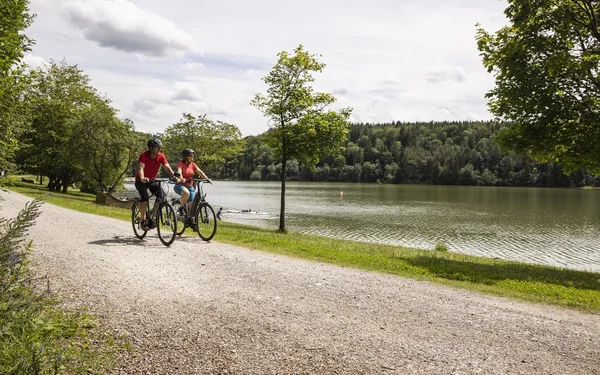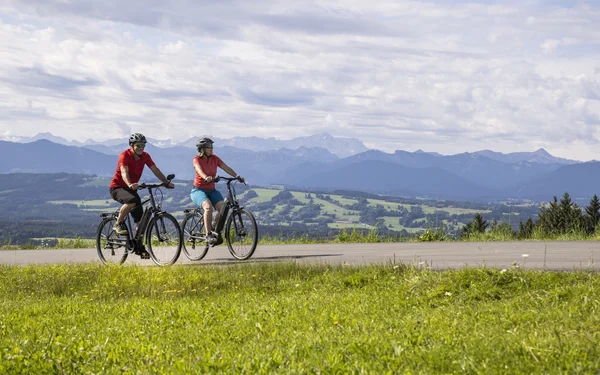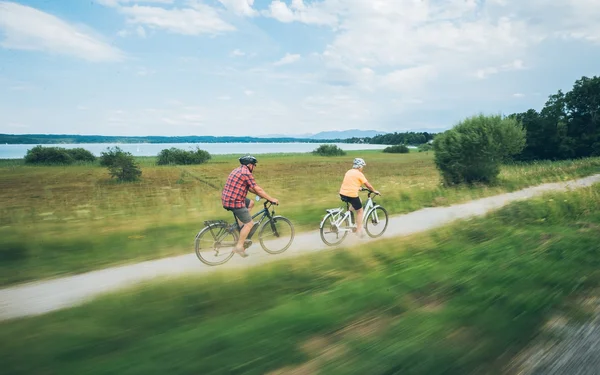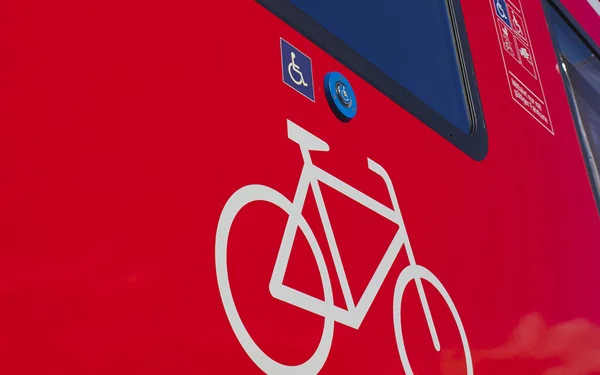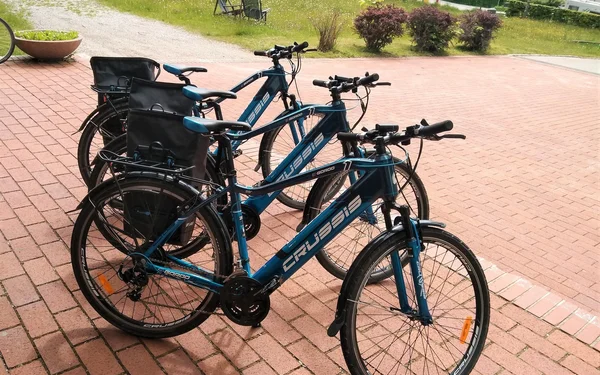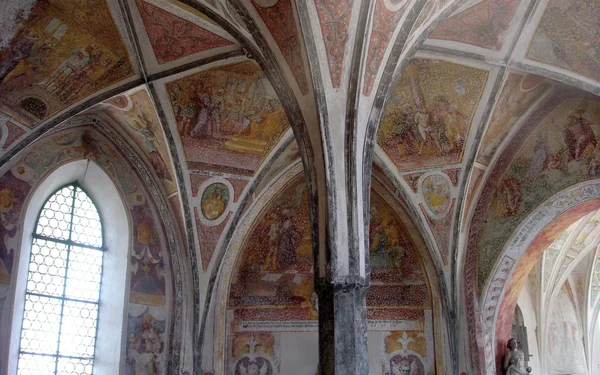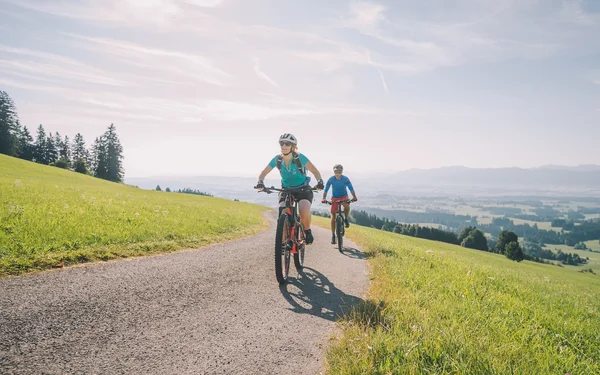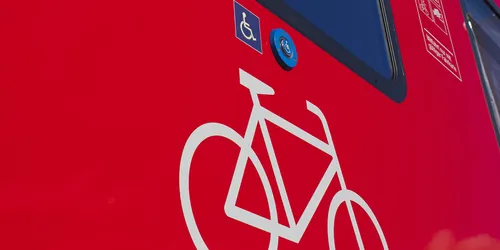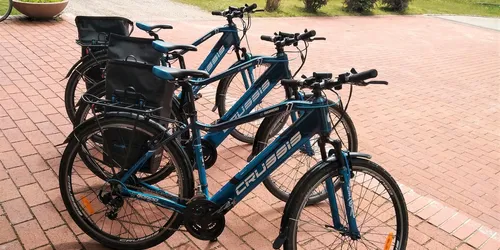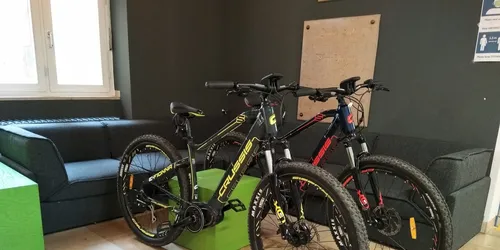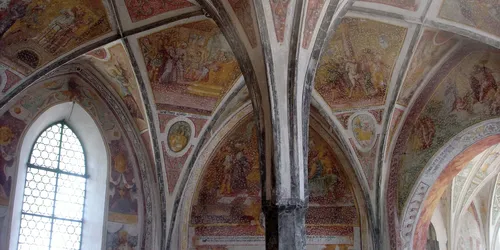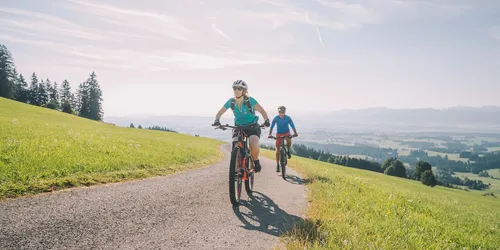On the chapel tour through the Pfaffenwinkel
Get on the saddle and explore the small villages of the Pfaffenwinkel! On this tour through the glacial landscape, you'll always have the Alps in view. Have a good journey by train and bike!
Weilheim
4 h
27 km
Gently undulating, with quaint villages and the Alps always in view: This is how the Pfaffenwinkel in Upper Bavaria presents itself. The name "Pfaffe" is no coincidence, as nowhere else in Germany are there as many church spires as in the holiday region between Lech and Loisach, Ammersee and the edge of the Alps. The Pfaffenwinkel region is home to 159 churches, chapels and monasteries. One of the most beautiful cycle tours to experience these sacred treasures is the 27-kilometre "Chapel Tour" from Weilheim. From the charming Ammer town, you set off into a landscape characterised by meadows, moors and glacial hills - the drumlins - and dotted with numerous little churches. What makes it special: Far away from mass tourism, you can still walk along secluded paths here and at the same time experience precious things from the Middle Ages to the Rococo period.
A cycle tour for nature lovers and culture vultures
Arrive relaxed and hire bikes from local hire companies. The capacity for taking bikes on the trains is limited and, depending on capacity utilisation, it is not possible to guarantee that you will be able to take your own bike with you.
Start and end station
Start station
Bahnhof Weilheim
5 tour steps
27 km / 4 Stunden
End station
Bahnhof Weilheim
Our tip: Please make sure to check your train connection and the expected capacity before you start your journey.
Schedule
Tour starts on Bahnhof Weilheim
Direction
Direction
Bahnhofplatz 1
82362
Weilheim
Direction
Admiral-Hipper-Str. 13
82362
Weilheim
